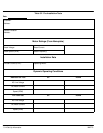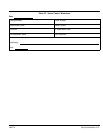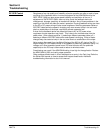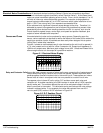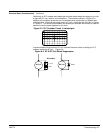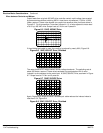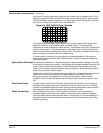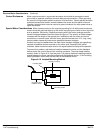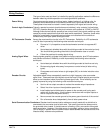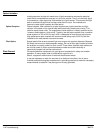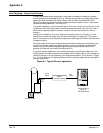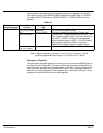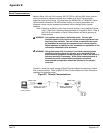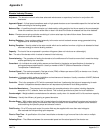
Section 1
General Information
6-6 Troublehsooting MN770
Electrical Noise Considerations Continued
Control Enclosures Motor controls mounted in a grounded enclosure should also be connected to earth
ground with a separate conductor to ensure best ground connection. Often grounding
the control to the grounded metallic enclosure is not sufficient. Usually painted surfaces
and seals prevent solid metallic contact between the control and the panel enclosure.
Likewise, conduit should never be used as a ground conductor for motor power wires or
signal conductors.
Special Motor Considerations Motor frames are also on the required grounding list. As with control enclosures,
motors should be grounded directly to the control and plant ground with as short a ground
wire as possible. Here’s why. Capacitive coupling within the motor windings produces
transient voltages between the motor frame and ground. The severity of these voltages
increases with the length of the ground wire. Installations with the motor and control
mounted on a common frame, and with heavy ground wires less than 10 ft. long, rarely
have a problem caused by these motor–generated transient voltages.
Another cure may be needed when the motor frame transient voltages are capacitively
coupled to feedback devices mounted on the motor shaft. Especially with optical
encoders, these transients create noise on the signal leads and disrupt drive operation.
To prevent this problem, add electrical isolation between the motor and the feedback
device to stop the current flow and the resulting transients. The most simple isolation
method, shown in Figure 6-10, has two parts: 1) A plate of electrical insulating material
placed between the motor mounting surface and the feedback device. 2) An insulating
coupling between motor shaft and the shaft of the feedback device.
Figure 6-10 Isolated Mounting Method
Insulating
plate
Insulating Coupling
Encoder or other
feedback device
Mounting bracket



